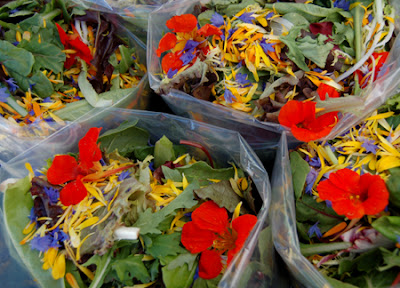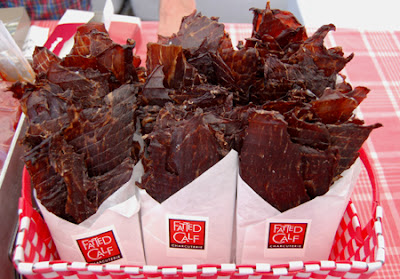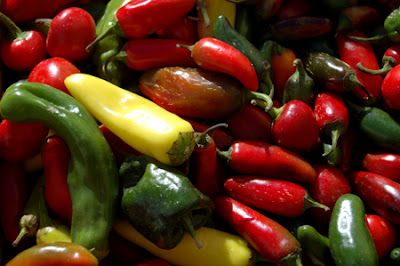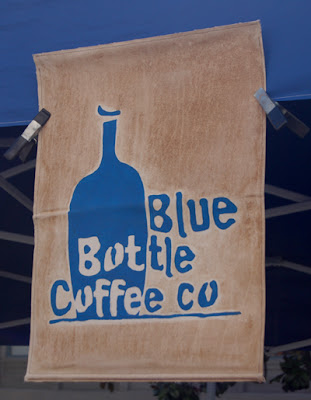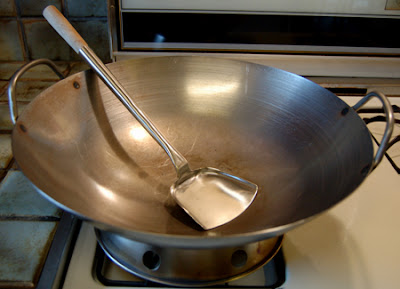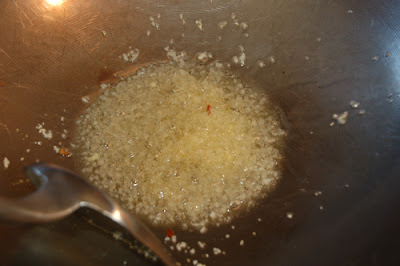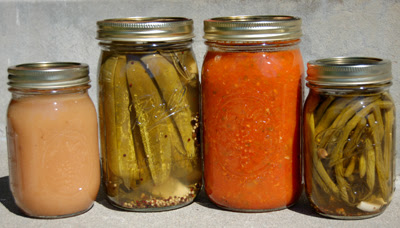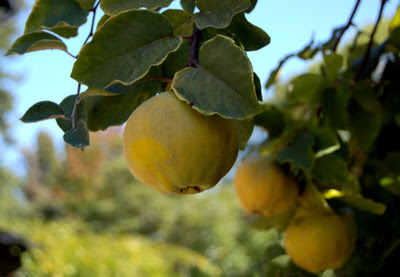Cafe Gratitudé is a small, popular Bay Area chain with two restaurants in San Fran, one in Berkeley, and one in San Rafael. According to their website, Café Gratitude is both "a school in transformation" and "an experiment in sacred commerce."
Are you getting the picture yet? It's the ultimate hippie lifestyle eatery. To their credit, they serve high-quality organic food that they try to source from local farmers and most people seem to love it. Unfortunately, I can't speak to the quality of the food as I've never set foot in the place. Why? Because the way in which one is forced to order at Café Gratitude makes me want to run (screaming) back to DC as fast as I can.
Allow me to explain in case you are not familiar with Café Gratitude's shtick. Each dish has a name that expresses a unique (and beautiful) state of being. Here are a few examples from their current menu:
- "I am eternally blessed" (a cold espresso blended with soft serve vanilla ice cream)
- "I am extra exciting" (a side of basil hemp seed pesto)
- "I am bright-eyed" (a blend of coconut, pecans, seasonal fruit, vanilla and cinnamon)
Since I prefer to keep my daily affirmations to myself, the thought of having to say "I am praising" out loud in public makes me want to throw up. So you can probably understand why Café Gratitude has been a painful reminder that I may never fit in here in Berkeley.
But then, out of my angst, a brilliant idea* was born -- Café Attitude - the alternative for all of us East coast transplants who don't want to explore devotional chanting or deepen our yoga practices.**
Café Attitude would serve meat (lots of it), as well as dairy, and wheat, the wait staff would dress in black and be pale as ghosts (NO healthy California glow here), and all talk of yoga and meditation would be banned on the premises.
But, of course, the thing that would have all us angsty East coast types flocking to the place would be the menu. Instead of forcing diners to pretend that they live in a wonderland of bliss, peace, and wonderment, Café Attitude would give people a chance to express themselves honestly. For example, the menu would feature the following fine fare:
- "I am eternally pissed off" (a big plate of penne a l'arabiatta)
- "I am suicidal" (a Bloody Mary)
- "I am exhausted" (a huge mocha latte)
- "I am premenstrual" (a thick slice of German chocolate cake)
Any ideas for which foods would best match these perfectly valid states of being are welcome, as well as any new menu suggestions.
*To give credit where credit is due, Café Attitude was the brainchild of my big brother, a hippie who loves Café Gratitude but who is still able to see the humor in the whole situation.
**No offense to those of you who are into this stuff (especially Kara, Daniel, Louis and Julie.) I think it's great, it's just not my thing.




